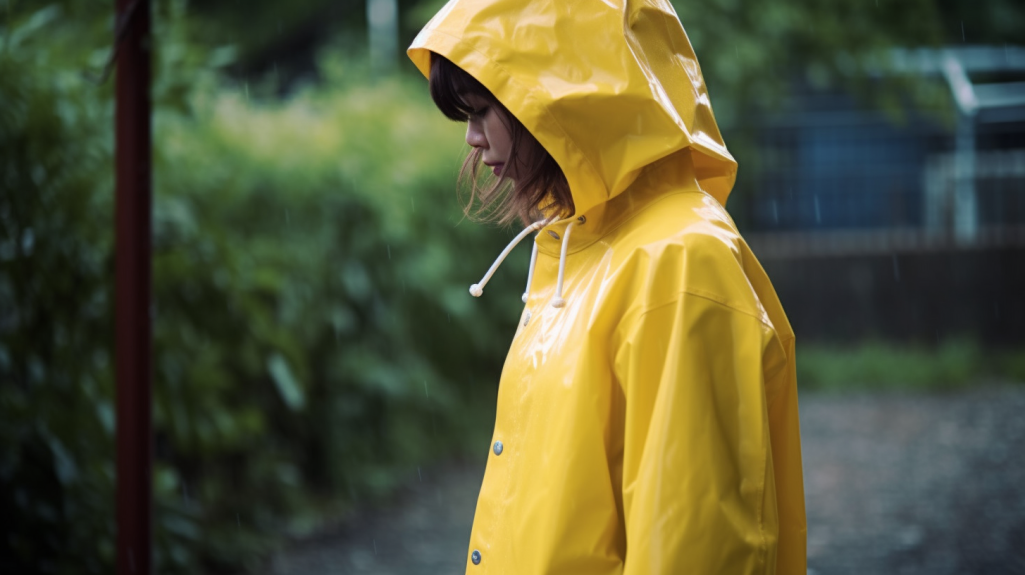In the realm of outdoor adventures, the right gear can make all the difference between a memorable experience and a soggy disaster. When it comes to protecting your belongings from the elements, two terms often come into play: waterproof and water-resistant. While they might sound similar, understanding the nuances between them is crucial for making informed choices about your outdoor gear. In this article, we will delve deep into the differences between waterproof and water-resistant materials, exploring their characteristics, applications, and the importance of choosing the right one for your outdoor pursuits.
Water-Resistant: Guarding Against Light Showers
Water-resistant materials are designed to repel water to some extent, but they are not entirely impervious to it. These materials can resist the penetration of water to a certain degree, making them suitable for light rain or drizzle. Water-resistant gear is ideal for activities where exposure to water is limited and brief, such as walking around town during a light shower or hiking on a misty morning.
Common examples of water-resistant gear include jackets, backpacks, and footwear treated with durable water repellent (DWR) coatings. DWR coatings create a surface tension that causes water to bead up and roll off the fabric, rather than soaking into it. While water-resistant gear provides protection against minor moisture, it is not suitable for prolonged exposure to heavy rain or submersion in water.
Waterproof: Defying the Deluge
Waterproof materials, on the other hand, offer a higher level of protection against water. Truly waterproof gear is constructed using specialized membranes or coatings that create an impermeable barrier, preventing water molecules from passing through. This level of protection is essential for activities involving heavy rain, water sports, or environments where exposure to water is inevitable.
Waterproof gear is commonly used in items like rain jackets, dry bags, and camping tents. These items are seam-sealed, meaning that all the stitching holes are sealed to prevent water from seeping through the seams. Waterproof gear is designed to keep you dry even in torrential downpours, making it a must-have for serious outdoor enthusiasts and adventurers.
Choosing the Right Gear: Factors to Consider
- Activity Type: Consider the nature of your outdoor activity. If you’re planning a casual stroll in light rain, water-resistant gear might suffice. For activities like kayaking, where you are in direct contact with water, waterproof gear is essential.
- Durability: Waterproof gear, especially high-quality options, tends to be more durable than water-resistant gear. If you plan on using your gear frequently and in challenging conditions, investing in waterproof equipment might be a wise long-term choice.
- Breathability: Waterproof gear often comes with breathable membranes that allow moisture (like sweat) to escape while preventing water from entering. This breathability is crucial for activities that involve physical exertion, ensuring you stay dry from both outside moisture and sweat.
- Weight and Packability: Waterproof gear can be heavier and less packable due to the added layers and materials. Consider the weight and packability of the gear, especially if you need to carry it over long distances or in a backpack.
Conclusion: Making the Right Choice
In the eternal battle between waterproof and water-resistant gear, there is no clear winner; it all boils down to your specific needs and the conditions you anticipate facing during your outdoor escapades. Understanding the distinctions between these terms empowers you to make informed decisions about your gear, ensuring that you stay dry and comfortable, regardless of the weather.
So, the next time you gear up for your outdoor adventure, take a moment to assess the weather conditions, the nature of your activity, and the durability you require. Armed with this knowledge, you can confidently choose between water-resistant and waterproof gear, enhancing your outdoor experiences and making every moment in nature truly unforgettable.

